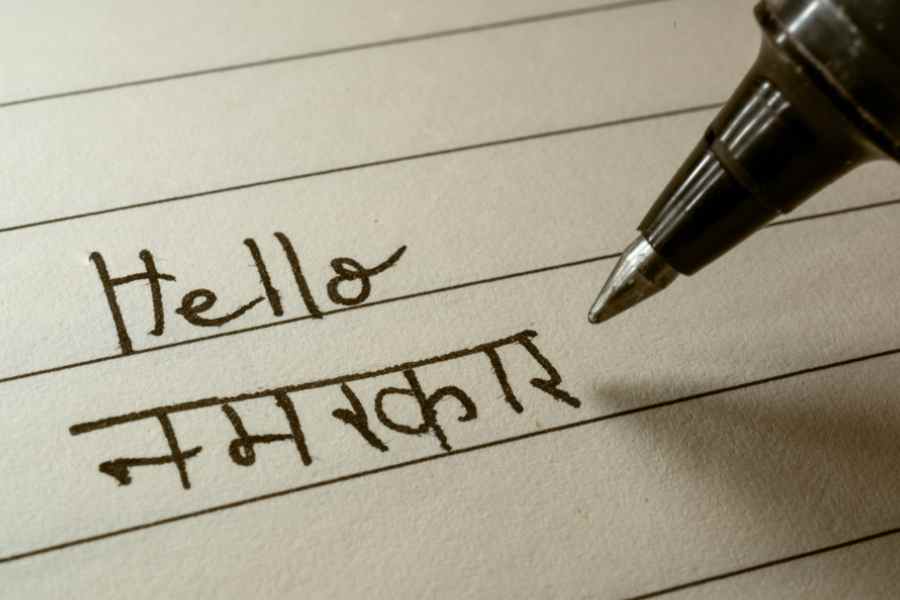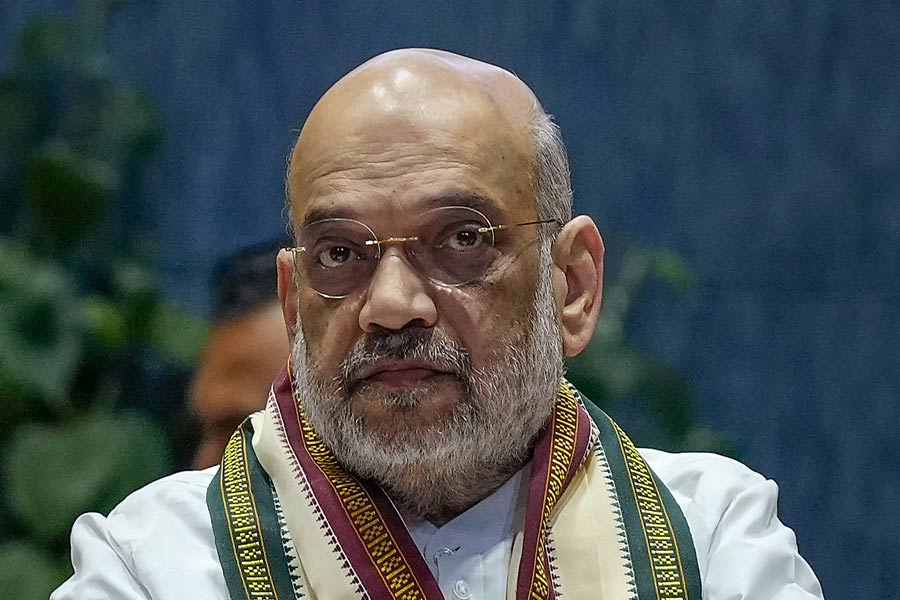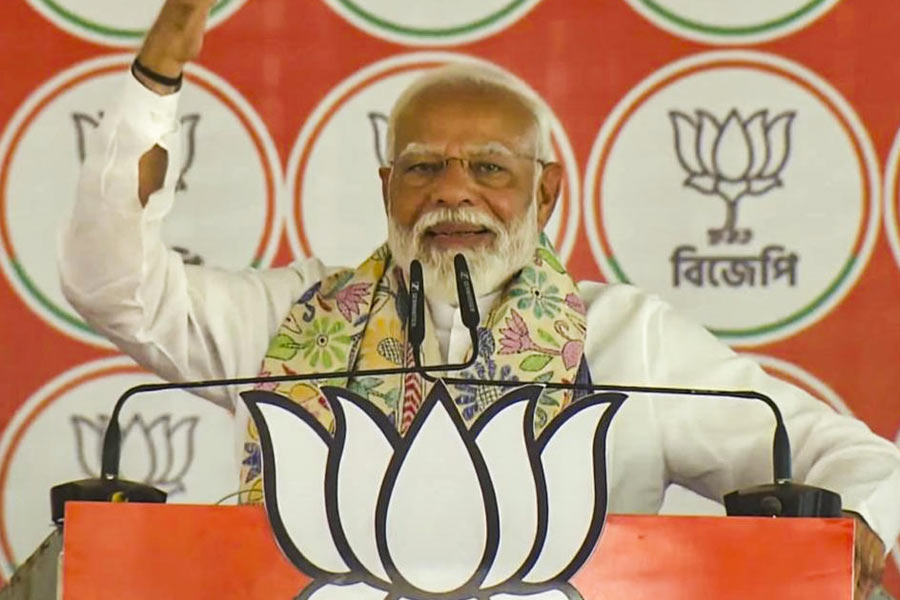A day celebrating mother tongues may be beautiful, but it is complicated too. Not everybody has access to his or her mother language, neither can everyone speak it openly and fearlessly, or even intelligibly. The map of languages is inscribed with invisible tussles of power — Indians know this well — that are recalled every year within the tribute to those who died for their language on February 21, 1952 in what is Bangladesh today. At the moment, 40% of the world’s children do not receive education in their mother tongues. That also means losing their grip on their cultural heritage and feeling marginalised, both effects of the power play underlying language use. By reminding the world of the multiplicity of languages and the honour and love due to all of them, for each language is a ‘mother tongue’ to someone, the International Mother Language Day attempts to undercut the power dynamics underlying dominant languages, focusing instead on linguistic and cultural diversities.
But the celebration of linguistic diversity is yet to include a powerful language that crosses all boundaries. This is a new form of power play, not quite underlying language use yet encroaching on its territory. The visual language of forms of social media, at its best communicating moods and emotions, narratives and poetry, facts and also lies, seems to be overtaking the need for purely verbal communication. Its appeal may not be the same as that of the mother tongue, but it is as primal in its attraction, stimulating the imagination and gripping attention, and thus competing with it in potency. The most important attribute of the language of pictures is that it is everybody’s mother tongue; anyone who can see can understand and interpret it. The verbal and the visual may be complementary or conflicting, and it is in the insidious effects of the conflict that danger lies. Forms of social media, such as the meme, while using images or video clips, simplify not just language or do away with it, but simplify ideas as well. They can be humorous or sardonic, politically effective or ideologically damaging. The effect of this on language is ominous, because language and thought are inextricable, and the reduction of one would mean the flattening of the other.
No account of communication today would be complete without including the role of visuals. The need for multilingualism, for keeping languages alive or even reviving moribund ones, of recognising in the variety of languages multiple facets of human belief, history and practice must be placed against this tidal wave of visual communication. Inevitably, thought processes and opinion-forming, expression and understanding will change with it. How will the capacity of complicated thought and expression or the ability to use language in exciting and unprecedented ways be affected by the waning of its traditional forms in social media? What would this mean for cultural legacies? It has become unavoidable for a day commemorating languages to address this challenge.











